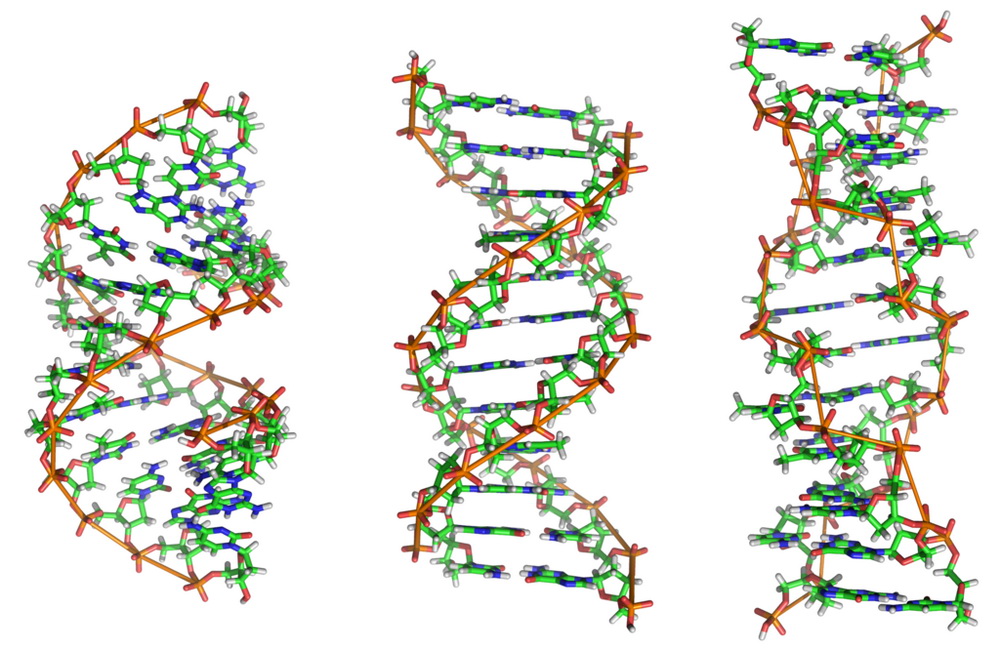
Our cells library: DNA
Do you know where in our body is all the information that makes us function and look as we do? Genes are stored in the nucleus of every single cell that composes our body in the form of DNA. DNA is a biological molecule that is made of specific chemical compounds and that is arranged in the form of a code, a genetic code. This code has the directions that our cells need to function. For example, our genes are responsible for telling our cells to stop bone formation when we reach certain age. This information needs to be protected, which is why our cells have very efficient mechanisms to avoid DNA damage, but from time to time, mutations occur, which can be harmless but can also have dangerous consequences.
- Important notification about information and brand names used in this slideshow!
- Photo courtesy of Richard Wheeler by Wikimedia Commons : en.wikipedia.org/wiki/File:A-DNA,_B-DNA_and_Z-DNA.png
- www2.le.ac.uk/departments/genetics/vgec/highereducation/topics/cellcycle-mitosis-meiosis
- http://www.biology.arizona.edu/cell_bio/tutorials/cell_cycle/cells2.html
- http://www.cellsalive.com/cell_cycle.htm
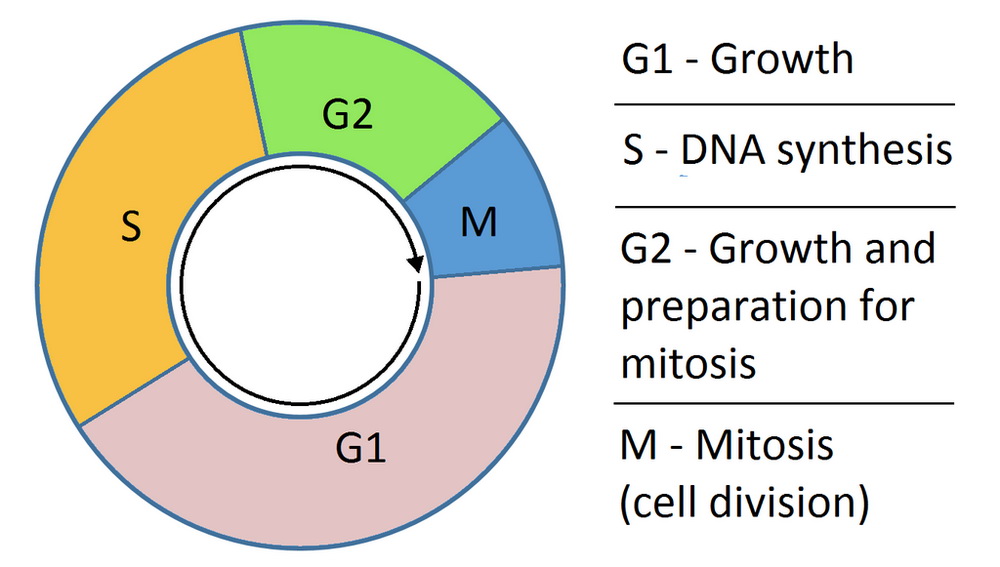
From one cell to two: The cell cycle
In order to generate more cells, our cells go through a very well designed and regulated division cycle. This cycle has four stages known as G1, S, G2 and M; our DNA is replicated in the S or “synthesis” stage. Our cells only divide when they need to. Imagine someone who just lost a considerable volume of blood, due to an accident. To compensate for the loss, blood cells start generating and dividing, but when everything goes back to normal, the division slows down. So, as you can see, controlling the cell cycle is a very important task, because if cell growth and division occurred without any regulation, this could lead to overproduction and alterations in the function of the cells.
- Important notification about information and brand names used in this slideshow!
- Photo courtesy of Simon Caulton by Wikimedia Commons : commons.wikimedia.org/wiki/File:Cell_cycle_simple.png
- www2.le.ac.uk/departments/genetics/vgec/highereducation/topics/cellcycle-mitosis-meiosis
- http://www.biology.arizona.edu/cell_bio/tutorials/cell_cycle/cells2.html
- http://www.cellsalive.com/cell_cycle.htm
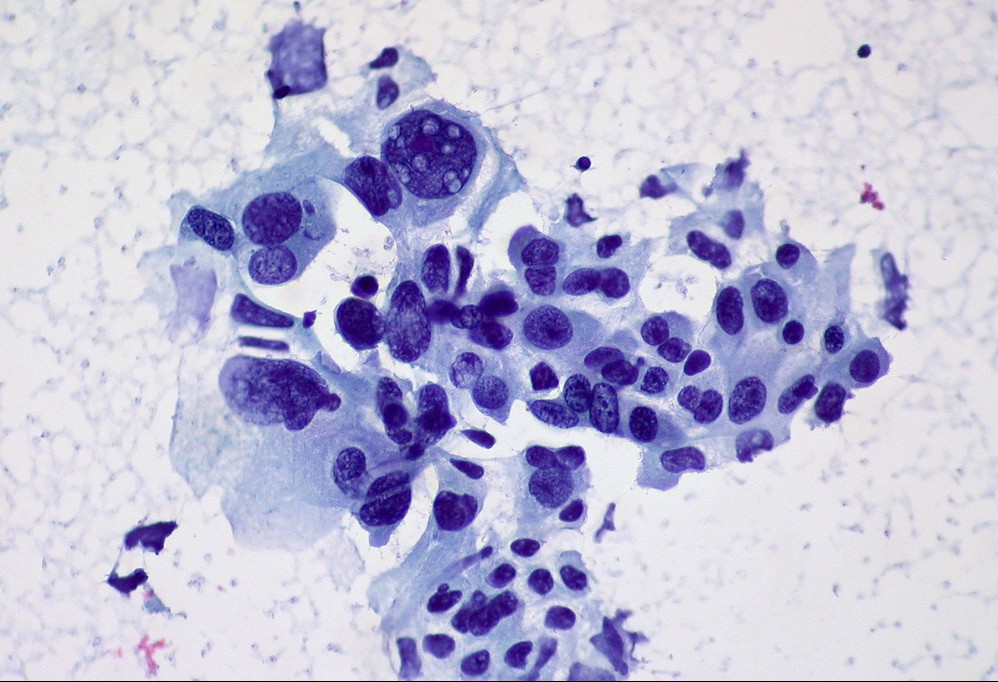
Causes of DNA damage
A common source of DNA damage is related to the production of oxidative molecules as a result of normal cell functions, which can cause almost a million changes in the DNA, per day. Also, during DNA replication, the machinery that is in charge of making a copy of the DNA can make mistakes and alter the original code. External damaging factors, however, are the ones that have gotten a lot of attention lately. We know that UV light in the form of sunlight is very harmful to DNA, but also other types of radiation, such as gamma rays and X-rays can disrupt DNA structure. Toxic chemical products are also a very common cause of DNA damage, including the ones that are used in the fabrication of cigarettes.

Live or die: DNA damage
When our DNA gets damaged it can either be repaired or the cell can be instructed to die in order to prevent the propagation of the damage to its daughter cells. DNA repair systems are designed to identify even the smallest change in our genetic code, which could be caused by several factors, including radiation and toxic substances, among others. When repair systems detect disruptions in the DNA code, a complex set of machinery, which resembles a team of engineers, is recruited around the damaged area and works to fix the problem. If damage can be repaired, the cell cycle continues and the cell divides. If not, the cell is directed to apoptosis, which is the term used to refer to a controlled cell death.
- Important notification about information and brand names used in this slideshow!
- Photo courtesy of PAHO/WHO by Flickr : www.flickr.com/photos/pahowho/9401175473/
- Alberts B, Johnson A, Lewis J, et al. New York: Garland Science
- 2002
- Cooper GM. Sunderland (MA): Sinauer Associates
- 2000
- BORGES, H. L., LINDEN, R. & WANG, J. Y. 2008. DNA damage-induced cell death: lessons from the central nervous system. Cell Res, 18, 17-26.
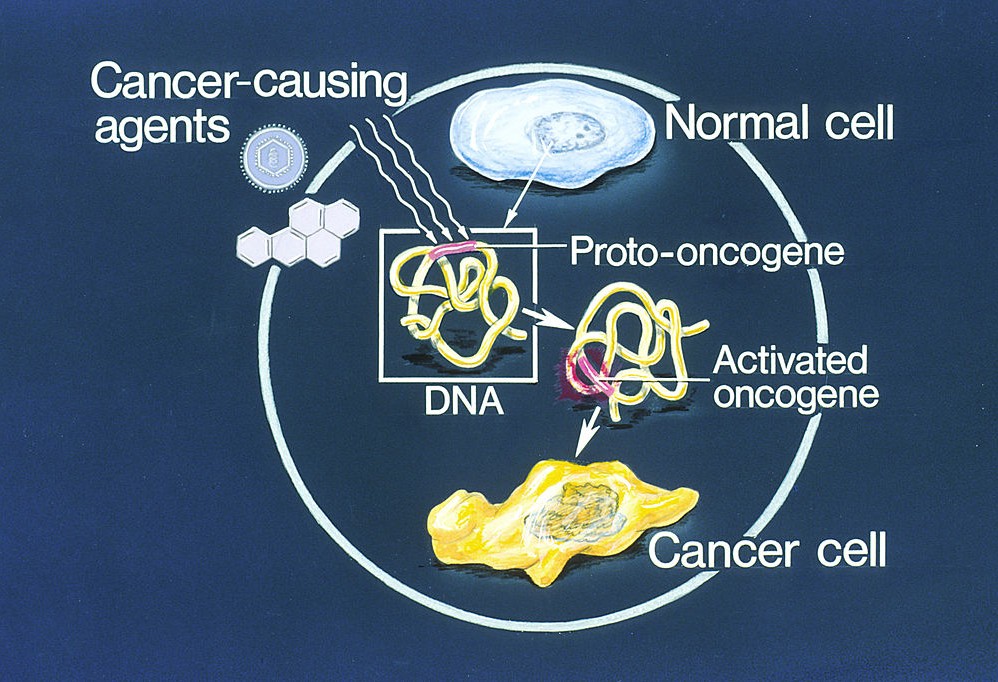
Cancer in our: Oncogenes
Usually, all our genes can be turn on or turn off, depending on the needs of the cell. For example, if a cell needs to produce certain protein to attack a viral infection, the gene that controls the production of this protein will be turned on; when the infection is under control, the gene is turned off. This doesn’t happen with oncogenes. Oncogenes are a type of genes that can cause cancer if they suffer mutations. These mutations can be inherited, but can also be caused by external agents that damage the DNA, such as UV and X-rays, chemical agents, viruses and even our diet. When proto-oncogenes suffer mutations they turn into oncogenes, which can’t be turned off. Oncogenes are related to cell cycle control, meaning that any alteration on them will cause cells to never stop proliferating and turn into cancer cells.
- Important notification about information and brand names used in this slideshow!
- Photo courtesy of National Cancer Institute by Wikimedia Commons : commons.wikimedia.org/wiki/File:Oncogenes_illustration.jpg
- www.broadinstitute.org/education/glossary/oncogene
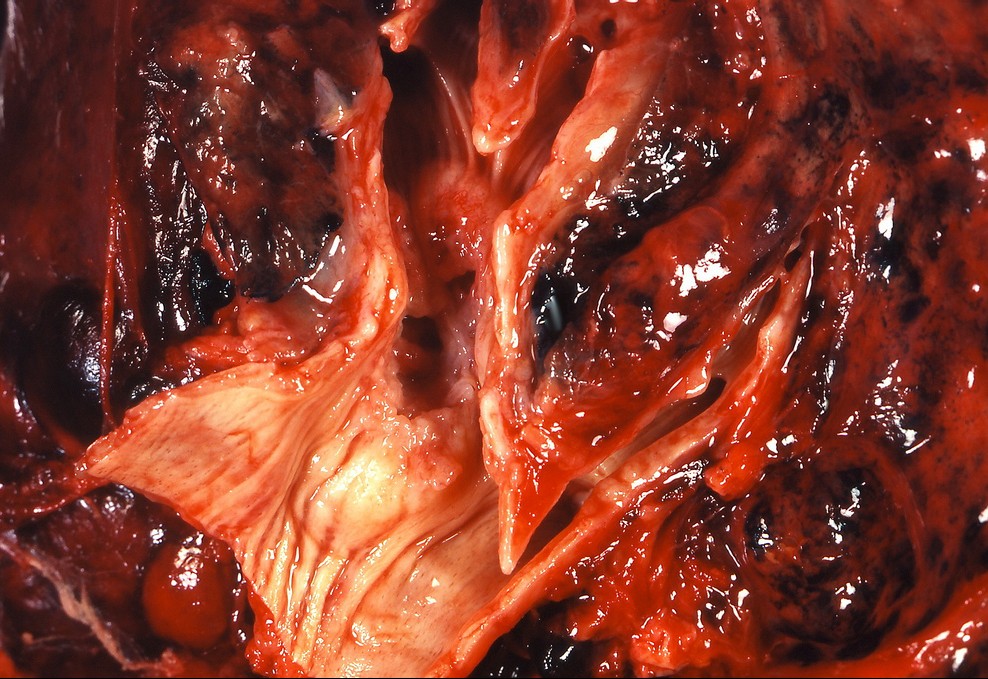
How does cancer grow?
Cancer cells have three important characteristics: they grow in a certain tissue, but can spread to the surrounding ones; they can destroy these surrounding tissues and they can promote the formation of other types of cancer. When the DNA is damaged and cells start to grow without control, they form aggregates of cells, or tumors. Because cells keep on dividing, the tumor increases in size over time. Tumors are classified as benign when the cells that conform them do not comply with the characteristics of a cancer cell and can usually be removed without problem. But we have to be careful, because benign tumors can later become malignant. Some types of cancer are more dangerous than others, depending on how fast the cells divide and how easy they can reach other organs.

What cancer cells cause to the body
What are the effects of cells growing without control? Tumors can affect the surrounding tissue by depriving healthy cells from space and nutrients. Also, cancer cells are very good at finding their way to other organs and start the formation of more tumors. Depending on the location of the tumor, the patient will start showing non-specific symptoms or no symptoms at all, that are a consequence of malfunctioning of the affected organ or organs. For example, lung tumors are usually detected until they are big enough to be seen through an X-ray. Meanwhile, the patient may suffer from severe chronic cough, which can be confused with just another respiratory disease and not to a cancer.
- Important notification about information and brand names used in this slideshow!
- Photo courtesy of Michael Ignatieff by Flickr : www.flickr.com/photos/ignatieff/5600192261/
- www.cancer.gov/
- http://www.cancer.org/
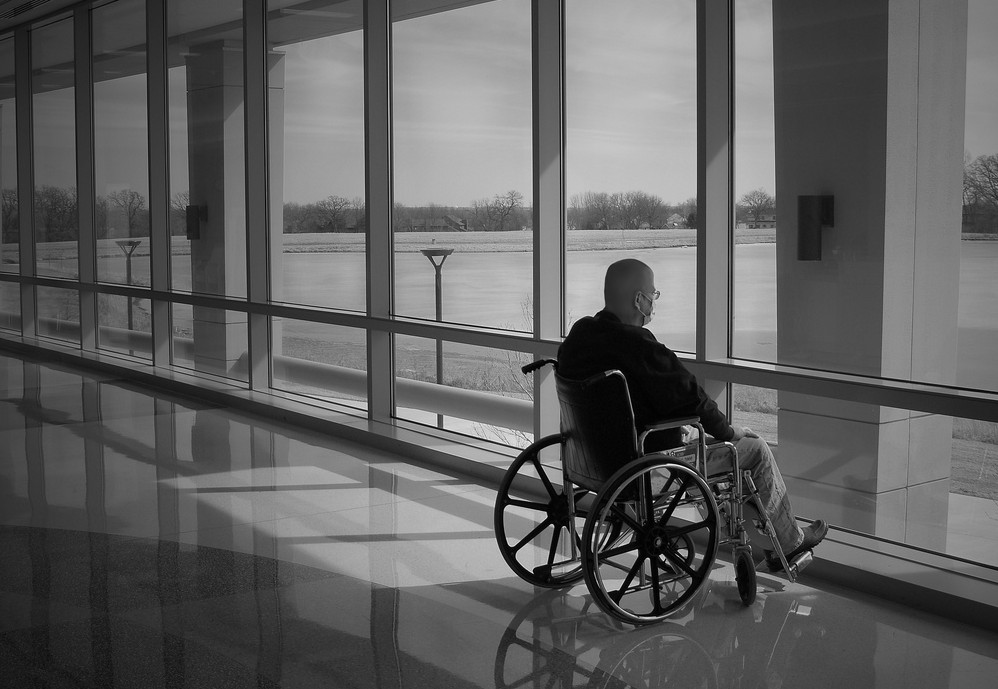
From one place to another: Metastasis
Cancer cells have the ability to detach from the tumors they form and travel to other organs, through the bloodstream or the lymph. Once a cancer cell reaches a new organ, it stays there and starts dividing uncontrollably, to form more tumors. This process is known as metastasis. Not every cancer has the same ability to form metastasis and it depends on the location of the primary tumor whether these cells spread to certain organs or not. For example, lungs are vulnerable organs because the bloodstream has to go from the heart to them, before reaching any other organ. Sometimes, metastasis occurs even before the primary tumor is detected. This depends on how aggressive the cancer turns out to be.

How is cancer detected?
A very important step, when it comes to cancer treatment, is its early detection. The earlier, the easier it is to treat and prevent complications. Unfortunately, many types of cancer don’t cause any symptoms until they are in an advanced stage. With this in mind, health institutes worldwide have been focusing on promoting prevention practices and screening tests for early cancer detection. For example, campaigns that promote self-assessments and regular check ups for breast cancer and cervical uterine cancer detection; as well as regular check ups for detection of prostate cancer. For detection of abnormal cell growth, doctors use different techniques, including imaging techniques, such as MRI scans or ultrasound, blood tests, endoscopy and tissue samples analysis, also known as biopsies.
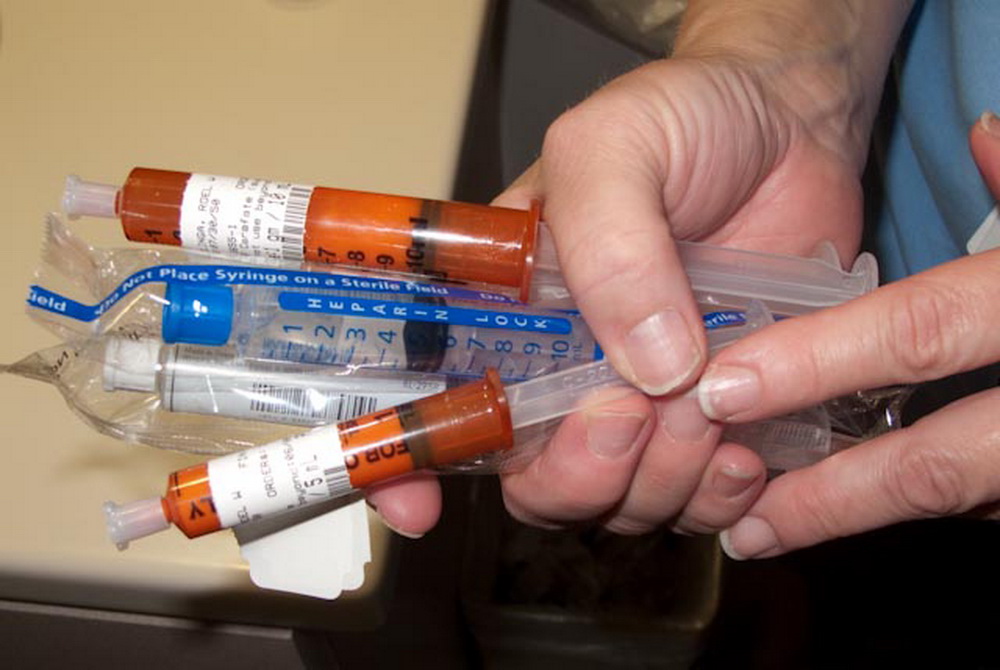
Available treatments for cancer
Treatment depends mainly on the type of cancer and the size and location of the tumors. Surgical removal of the tumors can be performed whenever it is possible. Chemotherapy and radiotherapy are used to kill cancer cells either with medication or with radiation. These treatments have the disadvantage that they can also kill healthy cells, which is why people under chemo or radiotherapy struggle with intense side effects, such as nausea and vomiting, hair lose and alteration of their immune system. Nowadays, there are drugs that target cancer cells only, a treatment known as targeted therapy. Immunotherapy is also an option, where the immune system from the patient is used to fight against cancer cells. Finally, stem cell transplantation to replace abnormal cells with healthy ones is also an option, specially in blood cancers.


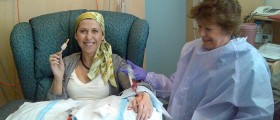





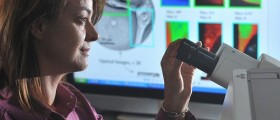
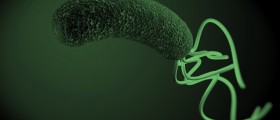
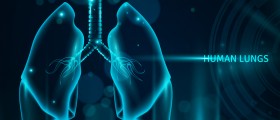

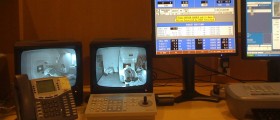









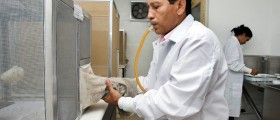




Your thoughts on this
Loading...